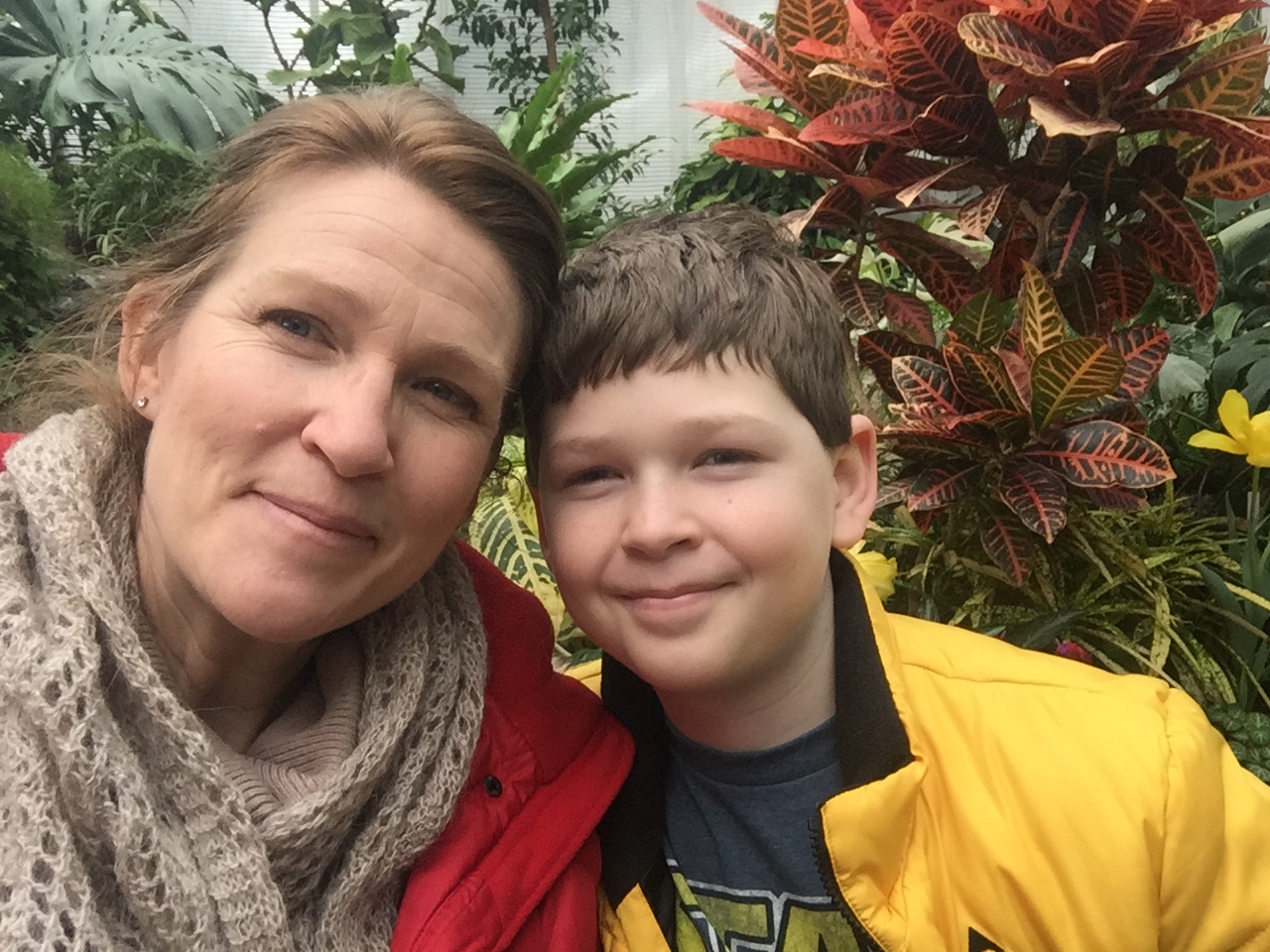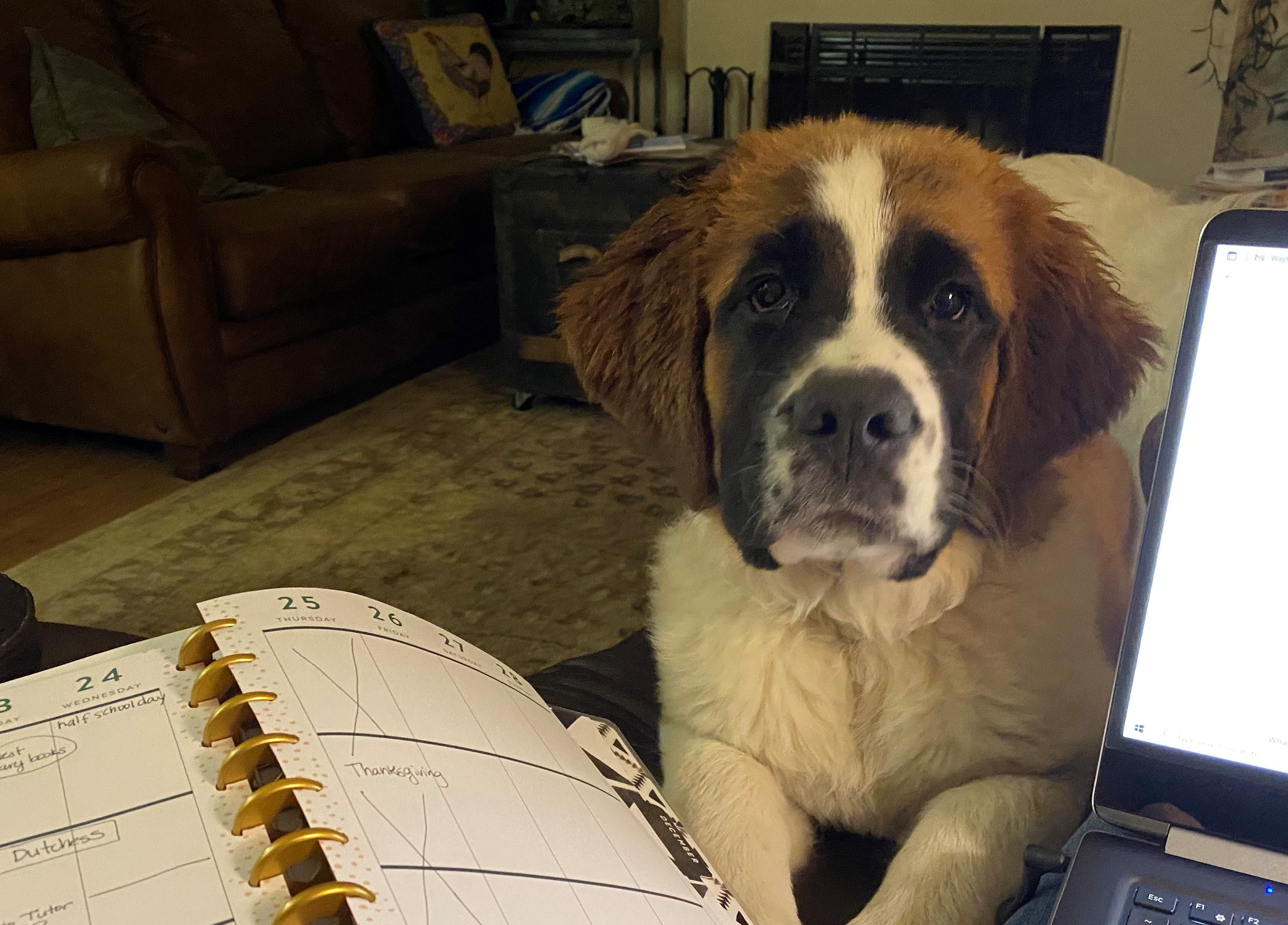A Traveling Season
We travel through seasons. Our walk with Christ is a journey through seasons – children to young-adults, (perhaps) married, and parents then empty-nesters or widows – seasons upon seasons. Around me seasons are changing: weddings are being planned, graduations will happen, moves are underway, jobs starting and others ending.
Homeschool is not without seasons, too. A friend first, then a social post prompted me to think of schooling our kids while moving, transitioning, or traveling. Job requirements, illness, trauma, and moves can all call for a transition season from one way of doing things to another.
Transitional times, while stressful, are an important opportunity for teaching our kids and learning from them, too. We can test what might inspire us while preventing our kids from an addiction to screens. Here is my not-exhaustive brainstorm of ideas for a season of transition:
Games
I’ve always ben an advocate yet deeply struggled to play with kids. Obvious educational games are available like wrap-ups for math or boggle for spelling but just about anything can be turned into a game and many strategy games seem all but lost to time. Checkers, chess, marbles, sodoku, scrabble, monopoly, crossword puzzles, jigsaw puzzles, and battleship teach strategy, spelling, math or some kind of thinking skill. Could play lower the stress levels for everyone while absorbing a fresh kind of learning?
Read together
Audiobooks in the car and chapter books on the sofa (with the competing screens turned off) are such sweet times. Younger students will even enjoy grown-up books with interesting characters and story lines. I remember listening to the majority of Ghost in the Wires by Kevin Mitnick with my then 4th grader on a road trip. It was an adult book. Perhaps there may have been a swear or two in there but he probably had heard those words before. The subject matter, hacking that landed Mitnick in jail followed by pioneering ethical hacking, was so gripping that my youngster asked to listen every time we rode in the car until we finished the last bits between grocery stores and errands. We listened to wonderfully narrated books and read while snuggled on the sofa or bed about the founding fathers families, about Narnia and Emilia Bedelia. We listened to the Frog Prince and textbooks on CD (before Spotify was a thing). My point: Whether your books are paper or audio, they need not be mind-numbing for the grown ups in earshot. Pick books that inspire the group and move on if it turns out to be a poor fit. You don’t have to finish everything you start, especially when it comes to a book. But, starting is the important thing.
Create with Words and Document
Journaling, vlogging, blogging, drawing and penmanship. There is so much to unpack when we think about creating with our words. If we have screens as part of our lives, use them for good. When we moved from Washington to Mexico and the kids were in elementary school we took about a month to road trip from one home to the next. Packing, traveling, unpacking, settling in one place only to move to another was a routine for a few weeks and the munchkins needed to be occupied. Instead of constant videos (we did watch plenty of movies and shows) we each wrote a book. Basically, we compiled journal entries about the places we were going and the things we saw. Poetry, short stories, feelings and artwork were woven into the entries. There weren’t strict rules other than it needed to be done. Penmanship could become art with calligraphy or block lettering. Vlogging and skits were recorded and shared with relatives who waited from far away, always anticipating the next post from the kids. Years later, remnants of these projects exist on our drives and in the cloud to mark the season. I will never regret the time we made learning about creating with words in many formats.
Lifeskills
Meme’s on Facebook don’t do justice to how lifeskills can carry us through a season of counter-institutionalized learning. This is nowhere an exhaustive list, rather some ideas to get creative juices flowing:
- How to change a car tire
- Manners and etiquette
- Gun safety (whether you have them or not, others may and I wanted my kids to know how they should act around weapons)
- How and when to change a furnace filter
- Asking for help
- How and when to clean the dishwasher trap
- Planning a meal from a recipe, shopping for the ingredients with a budget and food preparation
- Hosting a meal for friends
- Simple first aid
- How to read labels on food or cleaning products
- How to select a doctor, handy-person, or bank
- Making a phone call
- How to let your fingers do the walking (an old Yellow Pages tagline but basically how to research before you go to buy or find something)
- Why bleach and ammonia don’t mix and other home science projects
- How to vote
- Paying bills and budgeting
- Growing food
- Caring for a living thing other than yourself
- How to use a compass
- How to act during an emergency or stay safe during an earthquake, tornado, hurricane, flood
- Drive to the country and learn to drive when no one is around and you are barely tall enough to reach the pedals and see over the steering wheel
- How to mow the lawn
- Safely use a sharp knife
- How to care for your car including checking the tires for air and tread, checking the oil, changing a fuse, replacing a windshield wiper, and calling for roadside assistance.
- Suicide prevention when age appropriate
- How to tell a story with a beginning, middle and end without going to long
- Small talk and striking up conversation with a stranger
Thinking
We loved the Thinking Toolbox for formal logic training but formal training isn’t required. Consider propaganda versus facts. Teach kids to spot persuasion and be aware of circular reasoning, fallacies, and contradictions. Unsure of this yourself? Learn together. In an election year, let some of the pressure off the politics by teaching kids to spot the truth versus fiction. Debate a topic learning the arguments for both sides. Don’t be afraid to admit you don’t know the answer and demonstrate how to research the pros, cons, good and bad.
History, Geography, Topography and Cartography
Learn about where you were, where you are going and where you wish to be. Draw maps, consumer maps and plan trips up, down and around. Make an adventure of learning about the places, people, traditions, controversies and histories that color a region, town, destination, culture or continent. What is valued culturally or economically? How are governments and religions different? Navigate from place to place. How do you get to your grocery store, favorite park or restaurant without a map? How about without a car or bus? How long would it take to walk to the state capital and what route would be best in winter? Make a plan to attend a legislative session in your state or the US capital, getting there by bicycle and renting hotel rooms with warm pools each day you were away from home, eating at what looks like the most delicious places and stopping into can’t miss landmarks along the way?
This list could go on and on. Teaching need not be mundane or institutionalized to qualify as education.
And, as in all things, pray. Right? I’ve found prayer to be a solid foundation for everything, rooting moments and days in conversation with our Provider and Savior along the journey.









